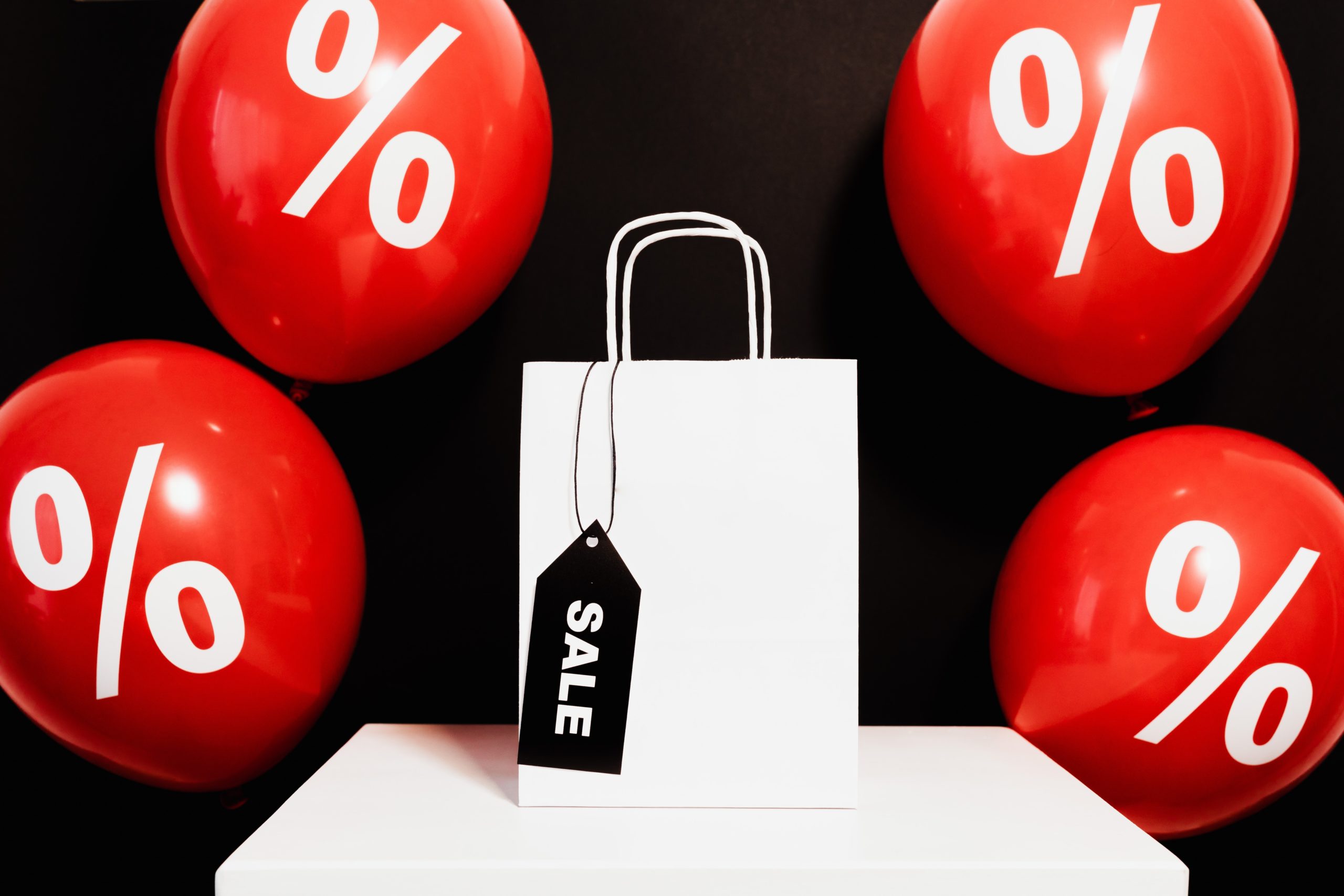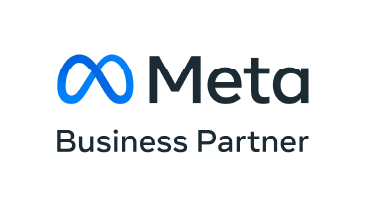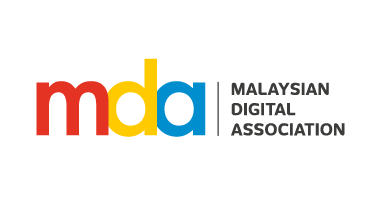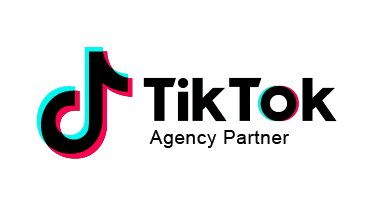How To Calculate Conversion Rate: A Guide
If you’re a digital marketer, you’d know that, at some point, your marketing campaigns would eventually aim for one thing: conversions.
You can look into as many traffic sources, visitor volume, brand perceptions, and CTAs as you want, but without any gauge of how much money or value you’re getting from your strategies, your marketing campaigns would be more or less meaningless (you can toggle our free media ROI calculator here to see how much money you’re making). Therefore, conversion rate remains one of the most important marketing metrics to measure the success of your efforts. After all, it generally points to an increase in sales and revenue.
Aside from that, you can use it to inform your campaign optimization decisions, budget cuts, budget increases, and new hires!
Table of Contents
How to Define Conversions

Conversions happen when a web visitor completes a desired action.
Conversions can mean different things for different types of campaigns, brands, and companies. There is still much confusion about how to track and define it. It can often be misapplied, misunderstood, or improperly defined. That’s why experts advise marketers and businesses to revisit the topic of conversions, conversion rates, and how they use it to inform their strategies from time to time.
For example, the real estate industry may choose to consider leads as conversions, but eCommerce may choose to consider a purchase or transaction as a conversion.
In simple terms, a conversion happens when a web visitor completes a desired action. And the action here depends.
Therefore, you need to know exactly what you’re trying to measure. Not only that, more than one action can be marked as a conversion. Some of these actions can be:
1) Registrations
2) Form submissions
3) Sales transactions
4) E-mail sign-ups
5) Downloads of assets (e-books, brochures, etc)
The way you look at conversions as a goal can also vary: you can use it to help support your campaign funnels, customer journeys, and overall sales processes, or you can make it the main business metric that you rely on.
Whatever it is, you must clearly define what a conversion is depending on your campaign (aside from establishing your benchmark) before you run it, so you have a clear idea of how to track your success.
Now… How Do You Calculate Your Conversion Rate
According to Google the conversion rate is “calculated by simply taking the number of conversions and dividing that by the number of total ad interactions that can be tracked to a conversion during the same time period.”
Generally, most digital marketers tend to use the following conversion rate formula:
Conversions / total leads or sessions or unique visitors (varies depending on what you consider as your traffic pool) x 100 = Conversion Rate
Tools to calculate conversion rate
When it comes to tools to help you measure your conversion rate, there are so many that you can find online designed to help you find your conversion rate quickly and effortlessly. However, as an industry best practice, we recommend setting up conversion tracking using Google Analytics – GA will provide reports, comparisons, and attribution models for your perusal.

You need to set your own conversion tracking events that fit your objectives.
You can set this up on Google Analytics 4 (GA4) by going to “Admin” > “Events” and then marking the events you’d want to define as conversions (You can read our detailed blog on GA4 for more).
Again, you need to set your own conversion tracking events that fit your objectives. Out of the box, Google has no definition of what a conversion means for you.
There are also third-party reporting tools for conversion rate tracking, such as Semrush and Ahrefs, that will also show you your conversion rate.
Conversion Rate Optimization
After calculating conversion rate, there are multiple ways you can boost conversions to improve the success of your marketing campaigns and they mostly boil down to optimization.
Optimization is considered an important part of the process because you want to use the data you already have on your customers and website visitors to drive more conversions.
It can vary – you can test different copywriting for your advertisements (headlines, language, and calls to action), play around with your audience targeting, or you can try different campaigns on Google Ads. Here are just some of the ways you can do optimization for better results:
Personalization
To boost conversion rates, your offer and value propositions must be in line with your audiences – simply put, your ads and web content must be relevant to them (you can learn how to find your target audience in our blog).
You can personalize your campaigns using behavioural targeting, which optimizes ads based on customer online behaviour. You can only do this by collecting data like browsing history, type of device used, purchase history, session behaviour (page views, on-site searches, etc.), or geographic location.
You can then use this for:
- Dynamic content: Dynamic content is content on landing pages, website pages, or even e-mail components that change based on web user signals, including in-session behaviour, user data, and characteristics. Based on your customers’ history/location, you can show content that might interest them. For example, if you are a restaurant chain with multiple locations, you can show promos in a customer’s specific location or area.
- Cross-selling and upselling products: You can show customers items that are frequently purchased together or push more personalised recommendations depending on customer browsing history.
- Reengaging cart-abandoners: You can incentivise web visitors who abandon the customer journey mid-way by remarketing your products using pop-ups, e-mail reminders, and etc.
A/B Testing
Another way of optimizing your campaigns after you measure conversion rate is to be creative! You can try A/B testing to test, compare, and explore new and better ways to capture leads and improve website traffic for higher conversions.
Try focusing on the main elements of the page during A/B testing. Some steps you can take include:
- Copywriting – You can play around with your headlines, titles, and content copy. Make sure your headline is directly linked to the main offer on the page. Experiment with a variety of long and short headlines and experiment with compelling or convincing phrases and copywriting.
- Value proposition – Refine your offer so it resonates better with web visitors.
- Visual media – Experiment with different images and video content and see what works better.
- Call to Action – Experiment with the copy and CTA placement on your site.
Other ways to increase conversions
- Enable customer reviews to build customer loyalty and trust.
- Add security elements on checkout pages to help reassure customers who are using your site to make purchases.
- Improve communication and messaging with website visitors. Enable Live Chat feature on your landing page to streamline communication or make sure contact details are up-to-date.
- Streamline website UX/UI for improved customer journeys.
Ultimately, there are many different ways you can conduct optimization for better results!
Conclusion
Measuring and guaranteeing the success of your marketing campaigns hinge on how well you understand, track, measure, and optimize your conversion rate. It can help you bring in more revenue and save on ad-spend too.
Regardless of your business type or industry, you would more than likely seek out a specific conversion goal or action.
Confused? Don’t worry. Engage with Primal Digital Marketing Agency. We are an award-winning full-funnel digital marketing agency with years of experience increasing revenue through our stellar marketing campaigns for clients in a wide range of industries. Sound too good to be true? It’s not – contact us today!









Join the discussion - 0 Comment